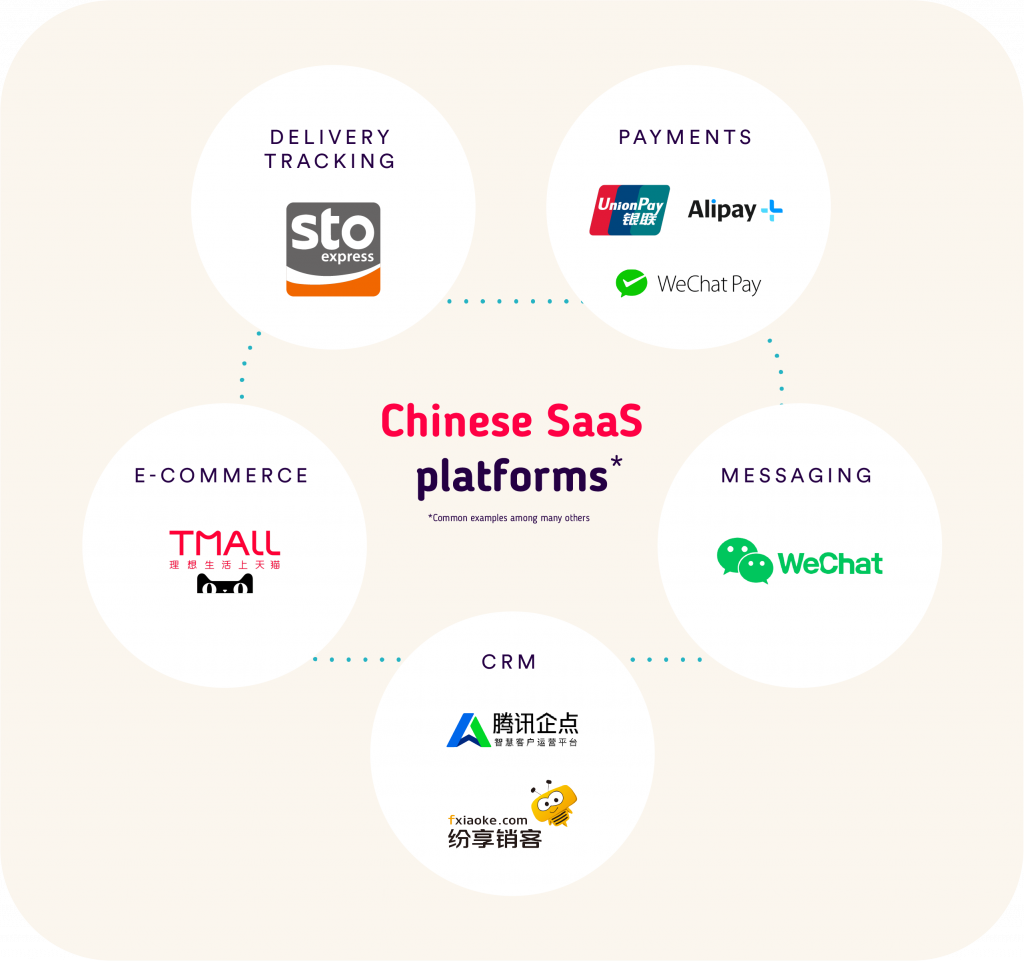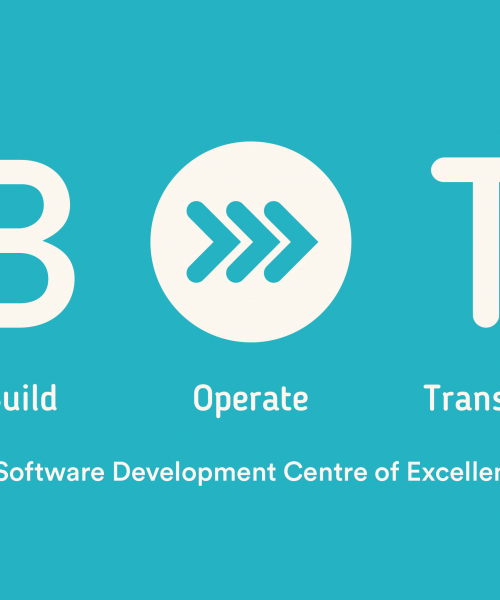With 900 million internet users, an exponential trend toward digitalization, and a progressive opening to foreign companies, China represents an increasingly important market for many global companies. However, regulatory, technical, and cultural barriers are still present, and it is essential to take them into account. Here is an example of five basic things to consider if you want to launch your app in China.
1. Acquire an Internet Content Provider (ICP) License
Companies that are considering a web presence in mainland China need to acquire an ICP license or ICP archival registration. ICP license is a value-added telecom license issued by the Chinese Ministry of Industry and Information Technology (MIIT) to allow China-based websites to operate profitable Internet information services in China.
An ICP registration can only be applied through a registered legal entity in China. Here are some examples of the types of entities that are qualified to acquire an ICP archival registration:
- Chinese domestic company with a Chinese business license
- China based representative office of foreign companies
- Partially or wholly foreign-owned businesses with Chinese business license, JV or WOFE (Wholly Owned Foreign Enterprise) for example.
A foreign company without a Chinese business entity is not eligible to apply for ICP archival registration.
2. Process personal and strategic data in a compliant way
Data residency and compliance have become key requirements for foreign companies operating in China. Indeed, two new Chinese laws dealing with data security and personal information protection went into effect in 2021 and will impact many multinationals operating in China.
These two laws – the Data Security Law (DSL) and the Personal Information Protection Law (PIPL) – now define specific requirements for data localization and cross-border data transfer, depending on the nature of the data (personal information, important data, etc.) and your type of activity or industry. And considering that this regulatory framework is relatively new and in constant evolution, remaining compliant could be really challenging for many foreign companies operating in China.
3. Be careful about cross-border data transfer
The deployment of a digital solution in China may involve cross-border data transfers. For example between the local infrastructure in China and the centralized digital services of the organization: CRM, PIM, DAM, etc. This means that we should consider these transfers from a regulatory and technical perspective.
The regulatory aspect was mentioned above. Depending on the nature of the information transferred and the type of activity of the organization, it will be necessary to comply with the regulatory framework defined by the Data Security Law (DSL) and the Personal Information Protection Law (PIPL).
From a technical point of view, cross-border data transfer between China and centralized infrastructures. For example, in Europe or North America, it must be analyzed from a performance and data volumetry point of view. In parallel, some China specific infrastructures (Great firewall for instance) can increase latency and impact the quality of service. Based on this technical analysis, the application architecture will probably have to be adapted to support these constraints in order to offer a homogeneous quality of service on a global scale, whether the end users are in China or elsewhere in the world.
4. Do not underestimate integration cost with local ecosystems
It is common for digital services to be integrated with external services or ecosystems. The best examples are e-commerce platforms, online payment services, telecommunication platforms (email, texts), or even customer support and troubleshooting platforms.
However, these platforms used on European or North American infrastructures are not necessarily available, operational, or relevant in China. It will therefore be necessary to integrate with specific Chinese SaaS platforms or services: AliPay, WeChat, TMall, just to name a few. This integration requires specific expertise, both from a technical point of view (API, Chinese documentation, troubleshooting of borderline cases) and from a legal and administrative point of view (subscription to SaaS services, licenses to be acquired, responsibilities, etc.). It is therefore essential not to underestimate this integration by providing support from experienced local resources on these third-party platforms.

5. Adapt your global applications to local digital trends and tools
China is already leading the world in terms of development, adoption, and use of digital data.
This trend is expected to continue in the coming years based on the 14th Five-Year Plan for National Economic and Social Development (14FYP) for 2021-2025 stating that “digital technology will be fully integrated into every aspect of social interaction and daily life.”
This advance leads to new and unique uses of digital tools in China. It is therefore essential to comply with it to be visible and successful in this market. In the field of e-commerce for example, “Live commerce” and “Community Group Buying” are two trends that we must consider to break into the Chinese market. In the same way, while a “website” approach may still be relevant for the western market, being present in the Chinese market means being present on mobile devices, as 90% of the 900 million Chinese internet users are online on mobile devices.
Those two simple examples indicate that the digital solutions of global organizations must be adapted to local uses, trends, and channels to be successful in China.
Final words
Thanks to our recent partnership with 21Vianet BlueCloud, we are now able to confidently support organizations throughout their journey into the Chinese market. Our cross-functional “Advise” (Compliance & Risk Assessment), “Build” (Architecture & Specific development) and “Run” (Hosting & Support) offerings are specific to the Chinese market and its constraints, allowing us to tackle these strategic issues and lead to a successful landing of your digital services in China.











